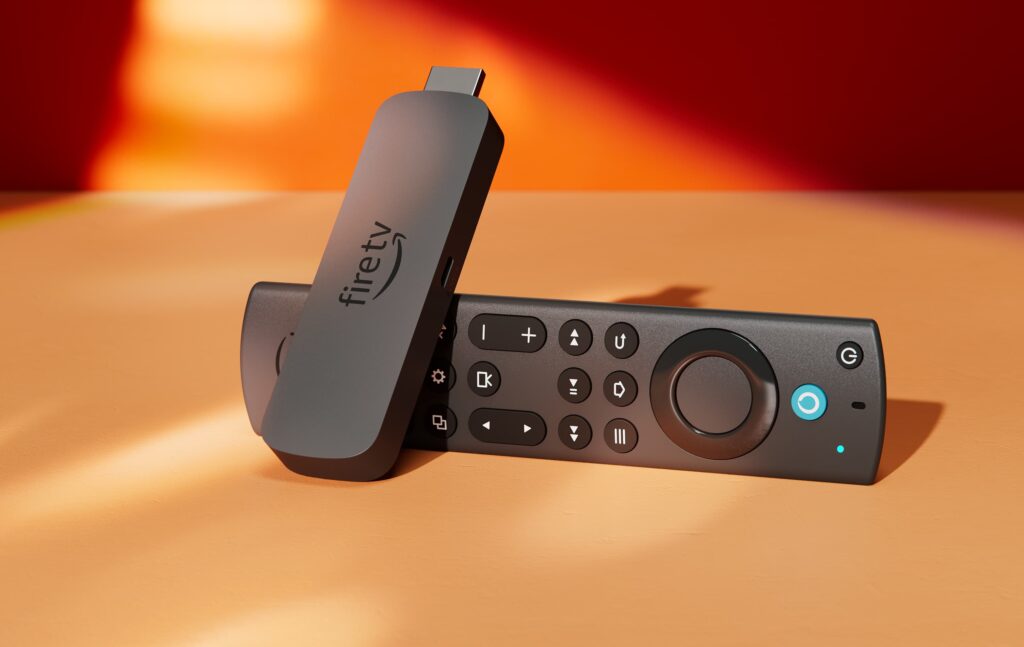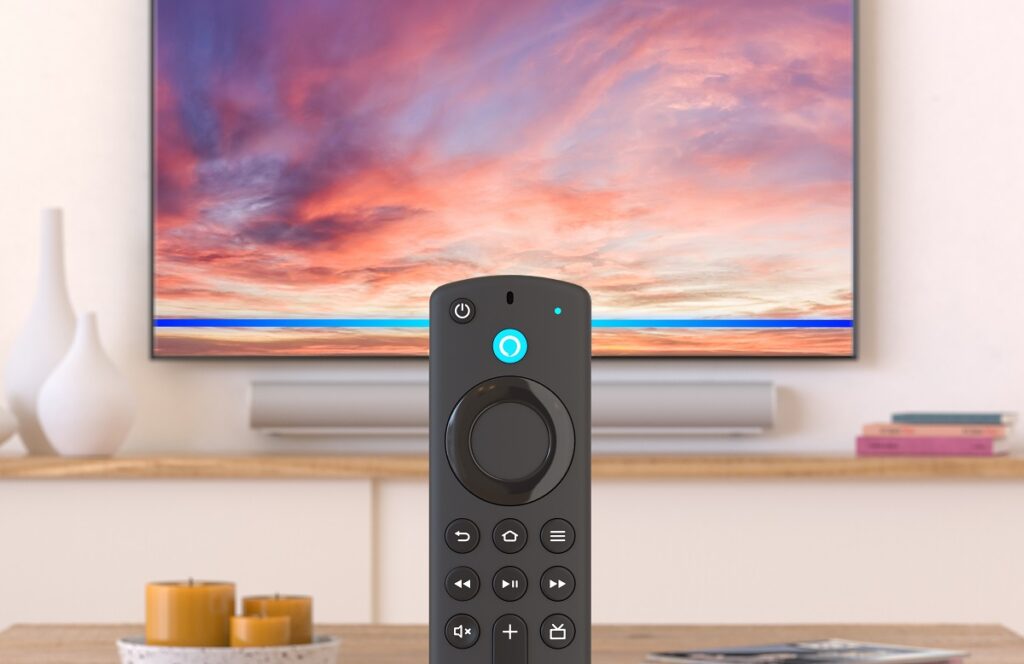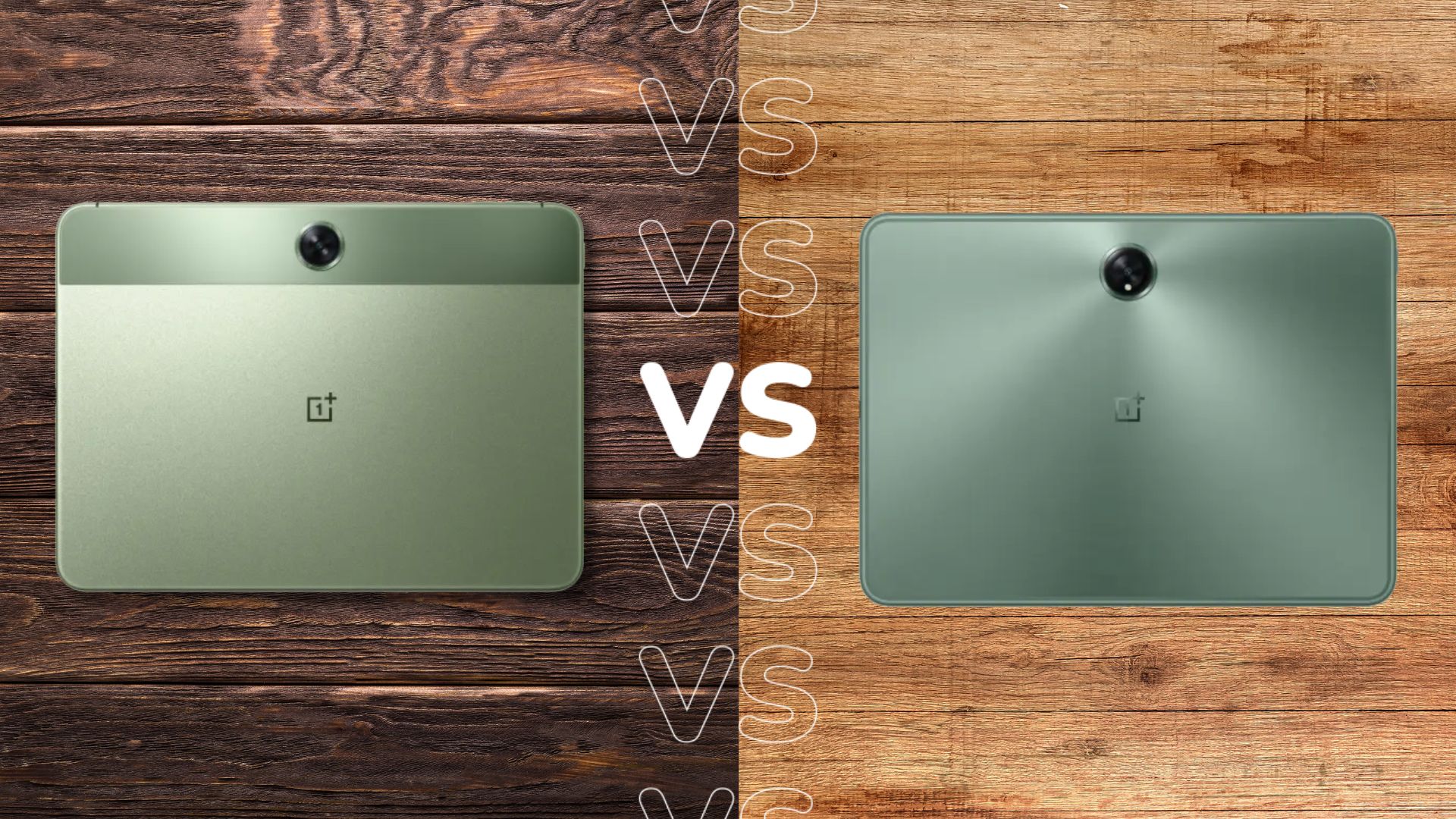Fire TV Stick 4K Max (2nd Gen) vs Fire TV Stick 4K Max (1st Gen): Which Max is best?

If you’re looking to upgrade your TV experience then the Amazon Fire Stick 4K Max is one of the best places to start. But with another model now on the market, which Fire Stick is right for you?
Amazon has been busy updating its TV devices recently, with the Fire TV Stick 4K getting an upgrade, alongside the new Fire TV Stick 4K Max.
We’re already run through how the Fire TV Stick 4K stacks up against its predecessor and now we’re going to be taking a closer look at how the first-generation Fire TV Stick 4K Max compares to the latest second edition.
Keep scrolling to find out all the critical differences between these two devices so you can figure out if Amazon’s latest offering is truly worth your money.
Ambient Experience on the 2nd generation
Amazon has been hyping up the latest Ambient Experience feature on the Fire TV Stick 4K Max (2nd gen); Ambient Experience transforms a TV into an always-on smart display that can replace blank TV screens with artwork. Amazon now has over 2,000 pieces of artwork to choose from, as well as motion graphics, landscape art and personal photos.
Five TV Ambient Experience also gives users the chance to check out glance-able information, such as the weather or calendar, and control smart devices like cameras or a Ring doorbell.
The original Fire TV Stick 4K Max does not come with the Ambient Experience feature. This makes it less versatile than its successor, but it may not be a deal breaker for those who are not as fussed about aesthetics.

Faster processor for faster scrolling
The second generation Fire TV Stick 4K Max comes with a new 2.0GHz quad-core processor, with Amazon claiming that it’s the smartest and most powerful streaming stick yet. This should provide faster scrolling and navigation for users, making it even easier to jump back into your favourite TV shows.
Amazon kitted out the original Fire TV Stick 4K Max with a 1.8GHz quad-core processor. We found that the Fire TV Stick had slick streaming, with no issues concerning lagging popping up during our review period.
Wi-Fi 6E vs Wi-Fi 6
While you may not immediately think of Wi-Fi support when buying a new gadget, it can have a massive impact on the overall performance. The second generation Fire TV Stick 4K Max comes with support for Wi-Fi 6E, which is the most recent connectivity standard.
This allows use of the 6Ghz band, with improved speeds and less chance of congestion. You will of course need a Wi-Fi 6E router to benefit from these features.
The original model of the Fire TV Stick 4K Max comes with support for Wi-Fi 6. It’s worth noting that if you don’t own a compatible router, both of these models work with Wi-Fi 5 routers. However, using the latest standard is always optimal as the connection is less likely to be interrupted by other devices, making for a smoother experience overall.

$5 price increase for the second model
As far as price hikes go, Amazon has kept the price of the second-generation Fire TV Stick 4K Max pretty reasonable. It comes with a $59.99 price tag, which is just a $5 increase on the first model.
It is worth noting that the first-generation Fire TV Stick 4K Max has seen a lot of discounts over its lifetime and it’s very likely that the newer model will see the same treatment, especially during Prime Day.








